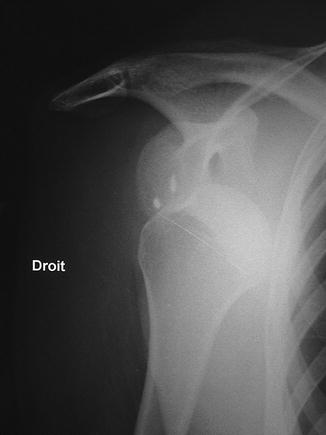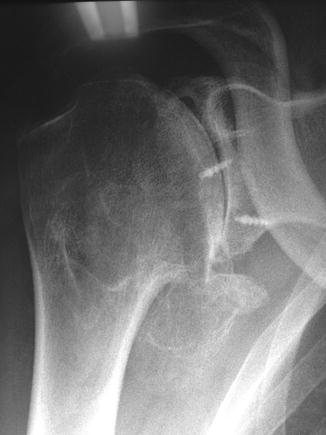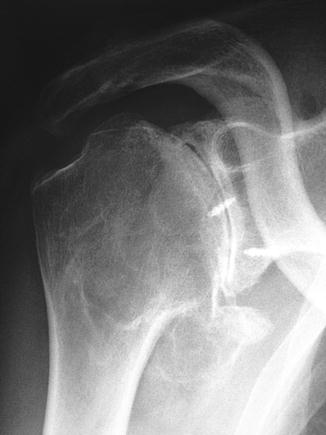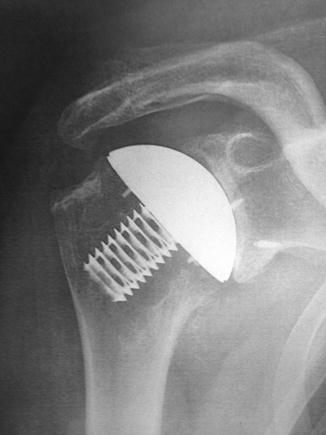(1)
Générale de Santé Hopital privé de, l’Estuaire, Le Havre, France
7.1 Analyze Your Mistakes, Travel, and Create
The evolution of techniques is necessary, but you have to be sure it will be also good for the patient.
It is from our failures that we evolve. Sometimes we have some difficulty in understanding them, or even seeing them. Either the failure is manifest like a recurrent dislocation; in this case, it is impossible to hide it unless we accuse the patient. Sometimes it is more subtle; the failure is not manifest, but regarding a certain technique, we do not feel completely at ease when we see the patients again.
Reviewing a series for a congress or in the context of a round table or symposium helps you to objectify your results and ask questions, especially when you are confronted by your colleagues.
This confrontation is necessary; it is good for the ego, it keeps you humble, and ultimately, it’s good for the patient.
I will illustrate the point with some examples.
The handballer
At the time in 1994, Bankart surgery was already under discussion due to its recurrences. As a young unsuspecting surgeon, I began this surgery with conservative indications; this is how I gained more confidence and became bolder. This recurrence in a handballer challenged my optimism. One case was enough for me to ask questions and read the literature with different eyes (Fig. 7.1).


Fig. 7.1
The lumberjack
Here again was an instability of the shoulder that I operated under arthroscopy. At the time, we grasped the labrum with a strong clamp and screwed the implant into the glenoid through the tissue. We did not see it; we recuperated our thread and performed a suture.
On the first visit, all went well, and on the second visit, the patient complained of noise in his shoulder. Always optimistic, I didn’t panic. On the third visit, I did a scan on the patient; the implant was exceeding, so I removed it. Here are the results 10 years later (Figs. 7.2, 7.3, and 7.4).




Fig. 7.2

Fig. 7.3

Fig. 7.4
Since then, I have never put an implant in without seeing it, and I immediately worry if a patient says to me that they have heard a noise in their shoulder.
The typical Normand
This case is more subtle. This is a typical patient in the region, and he even carries the name. I am close to him; we have common roots. In 2000, I operated a rotator cuff arthroscopy on him. The technique is simple and the results extraordinary. I was the “king of the world.” The patient had an anterior elevation at 180°, no pain, and he was very satisfied. He was then integrated into the symposium on cuff repair. The MR arthrography showed a leaky cuff. This confrontation was salutary. The teamwork had revealed doubts about my technique, which I subsequently modified. Here is the famous slide of Mr Normand; he has never been re-operated on and is still very happy with his shoulder even if he still has major doubts about my Jobe maneuver.
Stay updated, free articles. Join our Telegram channel

Full access? Get Clinical Tree








